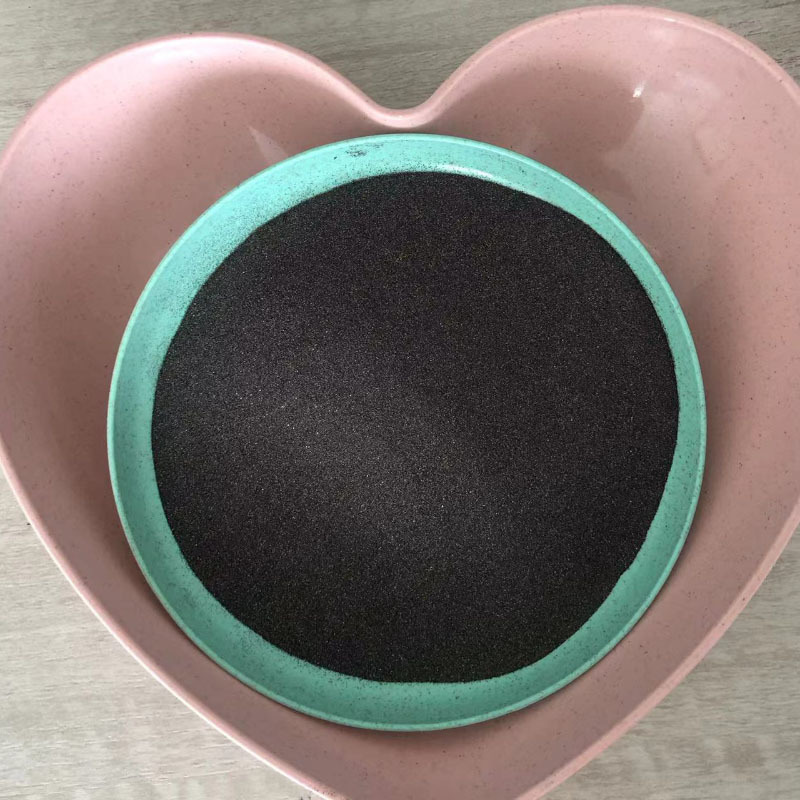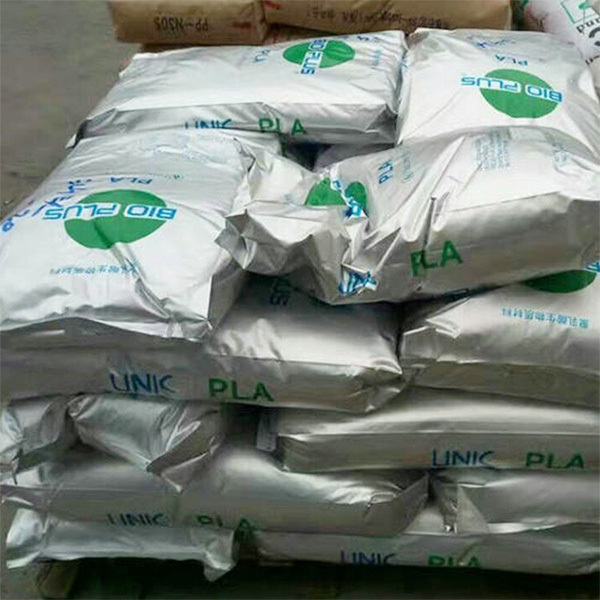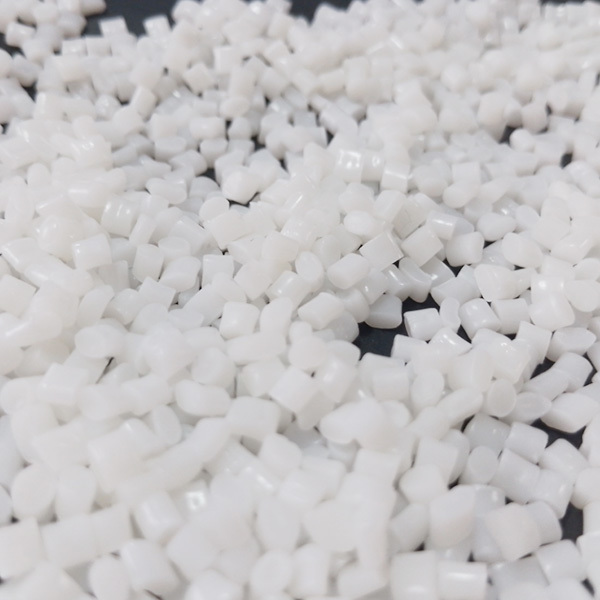Rutile Sand: Bridging the Gap in Chemical Material Development
Release Time:
Jul 17,2025
Rutile Sand: Bridging the Gap in Chemical Material Development The chemical industry is undergoing a significant transformation, driven by the need for innovative and sustainable materials. Rutile sand, a naturally occurring mineral composed mostly of titanium dioxide (TiO2), is at the forefront of this evolution. This article delves into the properties, applications, and future of rutile sand, sh
Rutile Sand: Bridging the Gap in Chemical Material Development
The chemical industry is undergoing a significant transformation, driven by the need for innovative and sustainable materials. Rutile sand, a naturally occurring mineral composed mostly of titanium dioxide (TiO2), is at the forefront of this evolution. This article delves into the properties, applications, and future of rutile sand, showcasing how it bridges the gap in the development of new chemical materials.
Table of Contents
- What is Rutile Sand?
- Properties of Rutile Sand
- Applications of Rutile Sand in the Chemical Industry
- Benefits of Using Rutile Sand
- Sustainability and Environmental Impact of Rutile Sand
- Future Trends in Chemical Material Development
- Challenges in the Use of Rutile Sand
- Conclusion
- FAQs
What is Rutile Sand?
Rutile sand is a natural mineral primarily composed of titanium dioxide (TiO2). This mineral exhibits a distinctive tetragonal crystal structure, which gives it a unique set of physical and chemical properties. Found in various geological environments, rutile sand is often mined from beach and river deposits. Its high titanium content makes it an essential material in various industrial applications, including pigments, ceramics, and titanium metal production.
The Formation of Rutile Sand
Rutile forms through processes such as magmatic crystallization and metamorphism. Its presence is often associated with other minerals, including ilmenite and zircon. Rutile sand is typically extracted using dredging techniques, which allow for efficient separation from the surrounding materials. The extraction process is crucial, as it significantly impacts the quality of the rutile sand produced.
Properties of Rutile Sand
The unique properties of rutile sand contribute to its wide range of applications. Understanding these characteristics is essential for industries looking to leverage its potential.
Physical Properties
- High Refractive Index: Rutile has a high refractive index, making it a valuable component in the production of optical devices.
- Color and Luster: Rutile sand typically exhibits a reddish-brown color and a metallic luster, making it visually appealing for decorative applications.
- Density: Rutile sand has a high density, which contributes to its stability and durability in various applications.
Chemical Properties
- Stability: Rutile is chemically stable, making it resistant to weathering and degradation.
- Non-Toxicity: Unlike some other titanium compounds, rutile sand is non-toxic, making it an environmentally friendly choice for various applications.
Applications of Rutile Sand in the Chemical Industry
Rutile sand's unique properties enable its use in a variety of applications across different sectors of the chemical industry. Here are some of the primary uses:
1. Pigment Production
One of the most significant applications of rutile sand is in the production of titanium dioxide pigments. These pigments are widely used in paints, coatings, plastics, and paper, providing excellent opacity, brightness, and durability. The high refractive index of rutile contributes to the vibrant colors seen in these products.
2. Ceramics and Glass Manufacturing
Rutile sand is also utilized in ceramics and glass manufacturing. It acts as a flux, lowering the melting point of raw materials and improving the overall quality of the final products. The addition of rutile in ceramics enhances the mechanical strength and thermal stability, making it a preferred choice in high-performance applications.
3. Titanium Metal Production
The extraction of titanium metal from rutile sand is another important application. Titanium's lightweight and high-strength properties make it ideal for aerospace, automotive, and medical applications. Rutile sand serves as a primary source for titanium production, enabling the development of advanced materials with exceptional performance characteristics.
4. Catalyst Support
Rutile sand is increasingly being used as a catalyst support in various chemical reactions. Its high surface area and thermal stability make it an effective material for enhancing catalytic activity, particularly in the production of chemicals and fuels.
5. Environmental Applications
Rutile sand is also being explored for its potential in environmental applications. Its non-toxic nature makes it suitable for use in water treatment processes, where it can aid in the removal of contaminants and improve water quality.
Benefits of Using Rutile Sand
Utilizing rutile sand in industrial applications offers several advantages, making it a preferred choice for manufacturers across various sectors.
1. Enhanced Performance
Products made with rutile sand exhibit superior performance characteristics, including improved durability, strength, and resistance to environmental factors. This leads to longer-lasting products and reduced maintenance costs.
2. Sustainability
As a natural mineral, rutile sand is a sustainable choice for manufacturers. Its non-toxic properties align with increasing environmental regulations and consumer demand for eco-friendly products.
3. Cost-Effectiveness
Rutile sand is relatively abundant and competitively priced, making it a cost-effective option for various applications. The long-term benefits of using rutile, such as reduced maintenance and enhanced product performance, further enhance its cost-effectiveness.
Sustainability and Environmental Impact of Rutile Sand
In an era where sustainability is paramount, rutile sand stands out as an environmentally friendly material. Its extraction and utilization present several advantages over synthetic alternatives.
Responsible Mining Practices
Mining operations for rutile sand are increasingly adopting responsible practices that minimize environmental impact. By using dredging techniques that reduce land disturbance and implementing measures to rehabilitate mining sites, companies are ensuring that rutile sand extraction is both sustainable and environmentally responsible.
Low Carbon Footprint
The production processes involving rutile sand typically have a lower carbon footprint compared to synthetic materials. This is due to the natural origin of rutile and the energy-efficient methods used in its extraction and processing.
Future Trends in Chemical Material Development
The future of rutile sand in the chemical industry looks promising, with several emerging trends shaping its development and application.
1. Innovations in Processing Techniques
Advancements in processing techniques are expected to enhance the efficiency and yield of rutile sand extraction. Technologies such as enhanced separation processes and cleaner production methods will further improve the sustainability of rutile sand.
2. Expanding Applications
As research continues, new applications for rutile sand are likely to emerge. Its potential use in nanotechnology, electronics, and renewable energy sectors could open new avenues for rutile sand utilization, bridging gaps in material development across various industries.
3. Growing Demand for Sustainable Materials
With an increasing focus on sustainability, the demand for eco-friendly materials like rutile sand is expected to grow. Industries will continue to seek out materials that align with their sustainability goals, reinforcing the role of rutile sand in future developments.
Challenges in the Use of Rutile Sand
Despite its many advantages, the use of rutile sand is not without challenges. Addressing these issues is crucial for maximizing its potential in the chemical industry.
1. Supply Chain Issues
Rutile sand supply can be affected by geopolitical factors and market fluctuations. Ensuring a stable supply chain is essential for manufacturers relying on rutile for their products.
2. Environmental Concerns
While rutile sand is generally considered environmentally friendly, mining operations can still pose risks to local ecosystems if not managed properly. Ongoing efforts to improve mining practices are necessary to mitigate these concerns.
3. Competition from Synthetic Alternatives
The rise of synthetic alternatives presents competition for rutile sand. Manufacturers must remain aware of market trends and the benefits of synthetic materials to effectively position rutile sand in the industry.
Conclusion
Rutile sand is a vital component in the ongoing development of innovative chemical materials, bridging the gap between traditional practices and modern sustainability demands. Its unique properties, diverse applications, and environmental advantages make it an indispensable resource in the chemical industry. As we look to the future, fostering sustainable practices and exploring new applications will be critical in maximizing the potential of rutile sand and driving the chemical industry towards a more sustainable future.
FAQs
1. What is rutile sand used for?
Rutile sand is primarily used in pigment production, ceramics, titanium metal manufacturing, and as a catalyst support in various chemical reactions.
2. Is rutile sand environmentally friendly?
Yes, rutile sand is considered environmentally friendly due to its non-toxic nature and lower carbon footprint compared to synthetic materials.
3. How is rutile sand extracted?
Rutile sand is typically extracted using dredging techniques, which allow for efficient separation from surrounding materials.
4. What are the benefits of using rutile sand in industrial applications?
The benefits include enhanced performance, sustainability, and cost-effectiveness, making rutile sand a preferred choice for manufacturers.
5. What challenges does the rutile sand industry face?
Challenges include supply chain issues, environmental concerns related to mining, and competition from synthetic alternatives. Addressing these challenges is key to maximizing the potential of rutile sand.
Keywords:
You Can Also Learn More About Industry Trends






